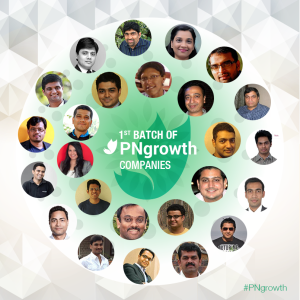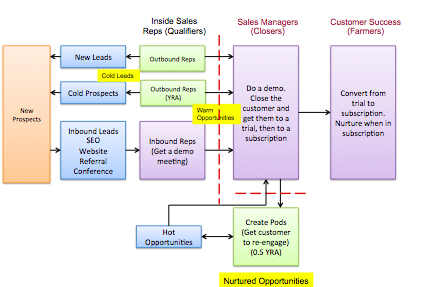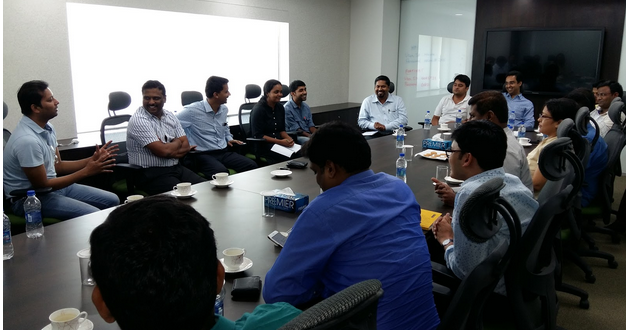Setting up your headquarters in the US and a subsidiary in India is a tested model. Here’s a blog post by Girish Mathrubootham – founder of Freshdesk, very clearly articulating the process.
Well then, what’s this all about?
The setup we follow at Kissflow is the model in reverse.
Kissflow is headquartered in India, with a subsidiary in the US.
I couldn’t find much information on this model, and thought this might be something worth considering as an option for lots of startups that operate from India. This is not a post on the pros and cons of setting up your headquarters in the USA. That is a complex question and calls for another blog by itself.
This model gives you the option to retain the Intellectual Property (IP) outside of USA and still take advantage of the flexibility that comes with having a US Delaware C-Corp entity.
Also, you will be paying income taxes in line with income in both the countries. In the other model where the HQ is in the US and the subsidiary in India, you may set up the subsidiary as a service company with a transfer pricing model that requires you to have a profit margin of 12% to 15% in line with the services industry. And you will be paying 30% taxes, in the case of India, on that “perceived profit”.
So, here is an alternate model for your consideration that is compliant with the laws of the land in both the countries of operation.
The basics of setting up a company in the US remain the same:
1. Incorporating in USA as a Delaware, C-Corp.
You don’t have to be present in the USA for the incorporation. Instead, you can use one of the many service providers.
Here are a few recommended ones:
The cost for this would be approximately $1000, but you can pick and choose packages depending on the services you would require. I would highly recommend that you complete the entire documentation at a stretch including the formation documents, share allocation, etc.
Leaving out some of these may seem cheaper initially but might hurt you in the long run. So complete the entire procedure as part of the incorporation package to get the basic setup done right. You know what they say about being penny wise and …
2. Getting an EIN
This is similar to the Social Security Number. Each business has a unique tax ID number called Employer Identification Number that you will have to register for.
Ask for this service to be included as part of your incorporation, or, with your legal firm’s guidance complete this step immediately. Having an EIN is essential to deal with banks and pretty much everything else in the USA.
3. Getting a US Address
To receive business documents, it is mandatory that you have a US Address.
You can use a service like virtualpostmail.com which starts at $20 each month to collect the receipt of letters via emails; they scan and upload documents for your review and also ship them to any part of the world, if required, for an additional cost.
Besides this utility, it also serves as your local billing address for your credit/debit cards, etc., which becomes essential when you start paying for services with a US bank account.
We use Regus for this service. They provide a bunch of secretarial services including physical mail scanning and emailing among others. You can choose a package that is appropriate for your business. It is very important for your finance/admin team in India to know if there are any statutory mails from the government, bank, etc. and a service like Regus helps you achieve that.
4. Getting a US Bank Account
You would require a bank that allows remote processing of account opening and operations. We use the services of Chase Bank. Silicon Valley Bank (svb.com) is also an alternative, but requires a reference and a minimum balance of 25k USD. Chase Bank doesn’t have any minimum balance requirement.
Before applying for a bank account, it’s mandatory you have an EIN.
5. Getting a Merchant Account / Payment Gateway
Apply for a Stripe or Braintree account. The fee may be on the higher side, but the increased transparency in pricing, support, and the ease of doing business with them makes up for it.
6. Acquiring a Business Credit Card
It is harder to get a regular business credit card without building a credit history. You can use the debit card for all transactions to start with, until you have enough money in bank to get a secure credit card.
A secure credit card is nothing but a credit card with a spend limit secured by the money in your bank account / deposit.
7. Getting a US Phone Number
You can get a toll free number from any of the service providers like phone.com, Google Voice, or Skype.
That was a quick checklist of things you need to get started with the US company.
Once you have your company set up in the US, here’s how the relationship between the two companies (your Indian HQ and the US subsidiary) would work:
1. Distributor License
Make your US company the exclusive worldwide master distributor of your SaaS product. Set up a distributor license agreement that assigns an exclusive license to the US company, to host and sell your products in the USA. The Indian entity now holds the entire Intellectual Property (IP), by providing a hosting and distribution license to US companies for a 20% price cut per customer. If you look at it, 20% margin is a fair market value even if you had to engage a third party for this service. Also, the US company has to cover all its expenses related to hosting, sales & marketing, and other operations.
2. Terms of Service
The terms of service of your website and product has to be owned by the US entity, as a distributor of your software. Preferably, all the legal recourse should be made available with your US entity.
3. Earnings and transfer of money
If you are just starting up, my best wishes to you for ramping up your revenue faster. 🙂
You can retain 20% of the revenue earned by the US entity and transfer 80% of the revenue back to your parent company as license fee.
When you start making enough money, you will be liable to pay taxes on the profit made on the 20% margin after all the operational costs are subtracted. Note that you will be paying other taxes such as franchise tax, State tax, etc., which have to be paid anyway to operate a company regardless of whether or not you make profits.
That’s pretty much it.
Statutory warning: As mentioned earlier, do not consider this as legal advice. Just sharing an alternate model than following the traditional model of US HQ. You should definitely consult a lawyer and an accountant to ensure that you stay compliant with all the laws in all the countries that you operate in.
Good luck with your startup and feel free to drop a note to suresh-at-kissflow.com to say “Hello”.
This blog was first published on the ChargeBee blog.






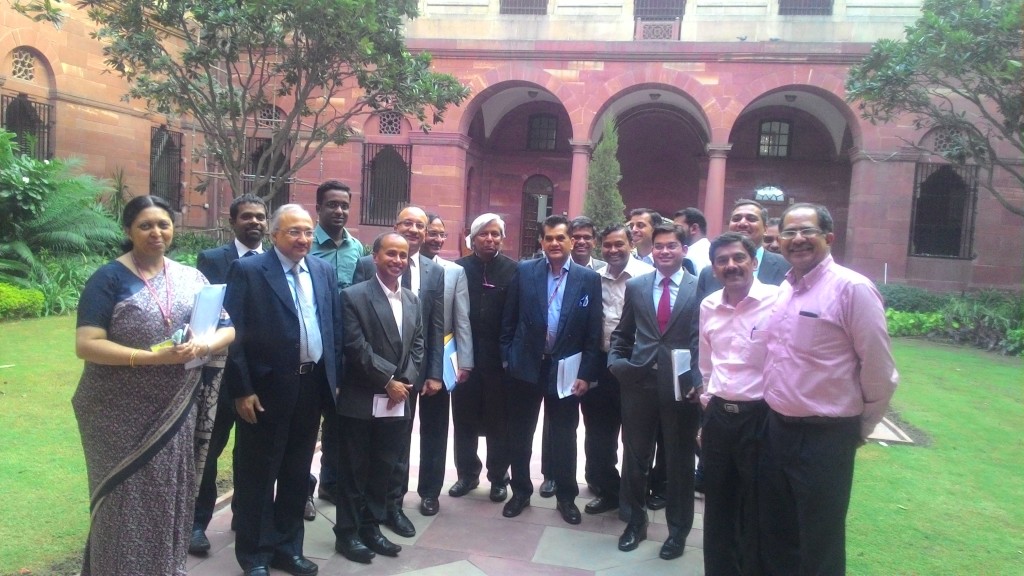
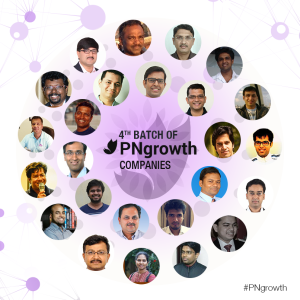
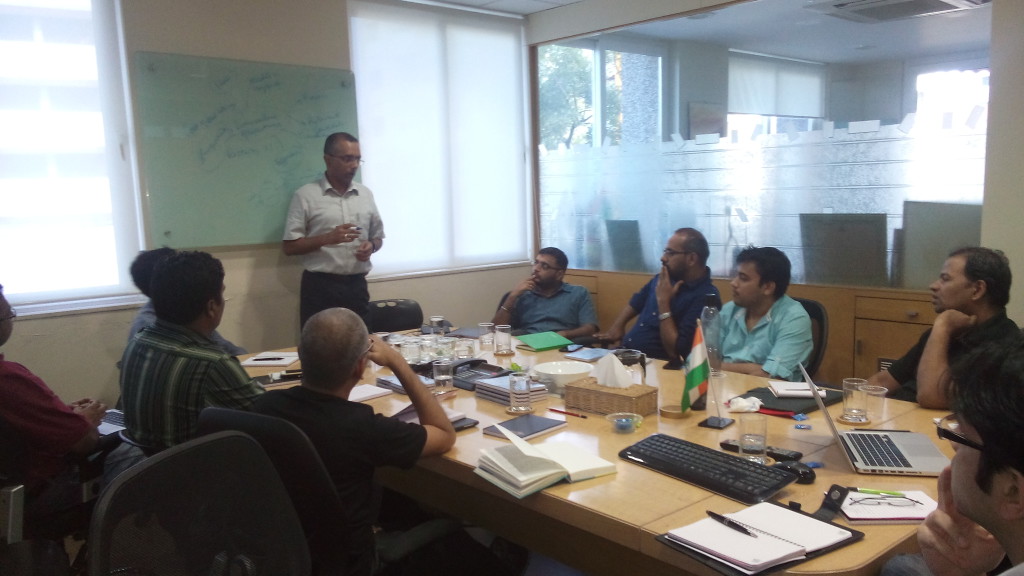 Curse of Knowledge
Curse of Knowledge